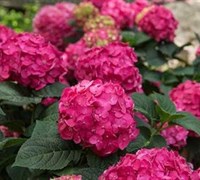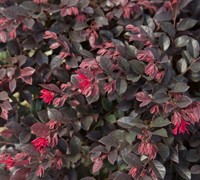Berry or Cone?
 If you were to look at a juniper berry you might easily mistake it for a blueberry. Are they the same thing? No! They are not even both berries. The juniper berry is actually a very tightly clenched pine cone!
If you were to look at a juniper berry you might easily mistake it for a blueberry. Are they the same thing? No! They are not even both berries. The juniper berry is actually a very tightly clenched pine cone!
Junipers are hardy coniferous evergreen plants also known as gymnosperms (“naked seed”). The seeds produced by conifers are technically not encased. The seeds develop on the surface of scales or leaves, and these scales or leaves are modified to form cones. In the case of the juniper, the scales are unusually fleshy and merge together to give the appearance of a blue “berry”, hence the inaccurately named juniper berry. Juniper berries are used as spices and they also contribute to the unique taste of the alcoholic spirit gin. Juniper berries are considered to be one of the only spices derived from conifer plants.
In contrast, true berries are produced by angiosperms (“enclosed seeds”), which are also called flowering plants. The seeds produced by angiosperms are encased inside of an ovary. The ovary develops into what we typically call a “fruit” and provides protection for the seed. The scientific definition of a berry is any fruit that is produced from the single flower of a plant in which the outer wall of the ovary develops into an edible fleshy portion. You might be surprised to find that this definition not only fits a blueberry (and other well-known fruit berries), but also includes things such as grapes, tomatoes, cucumbers, eggplants, and bananas. I am sure we are all familiar with the many uses of berries – the most common berries are used in jams, preserves, cakes, pies, and many other appetizing dishes.













